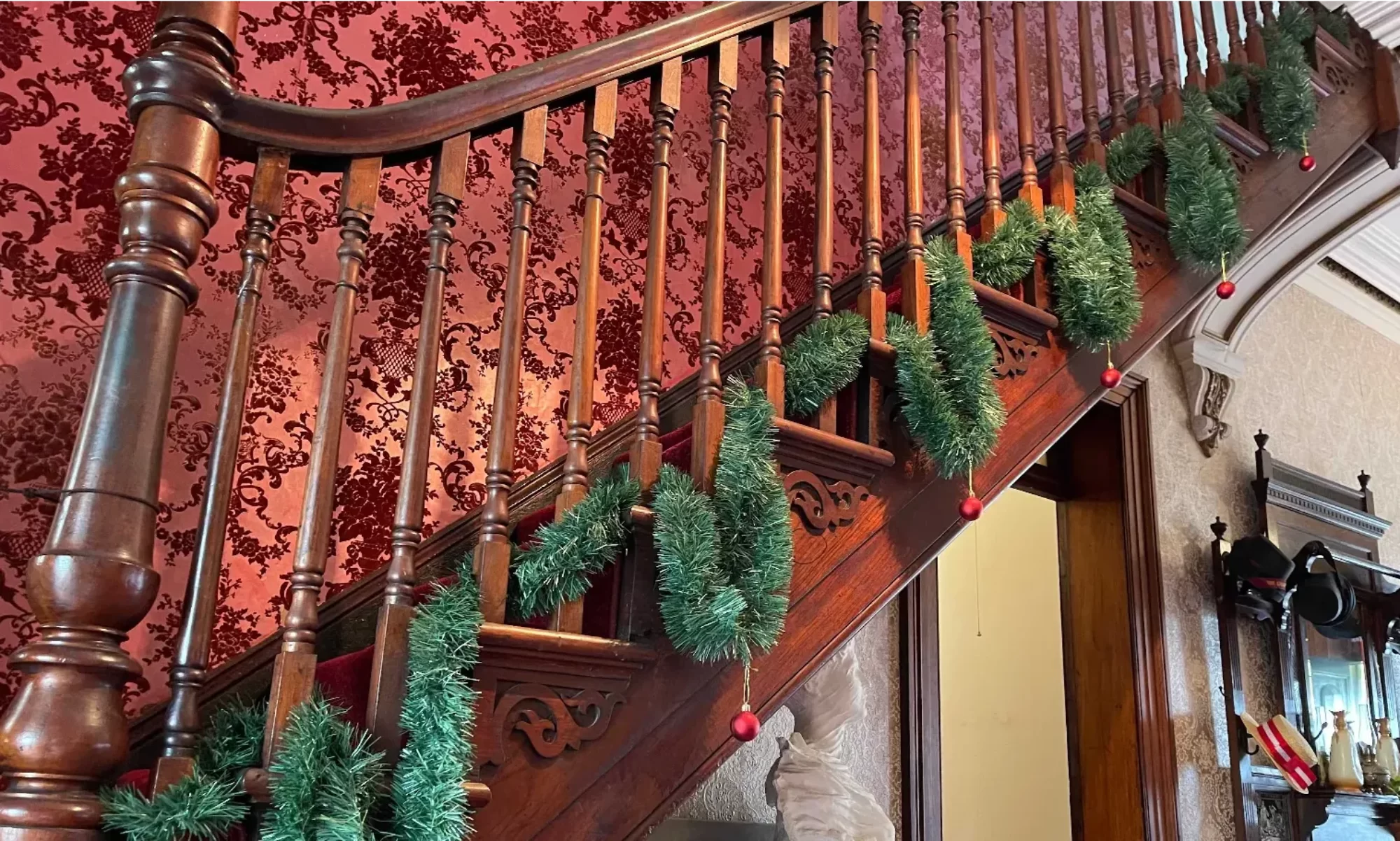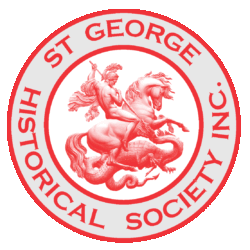by Gifford and Eileen Eardley
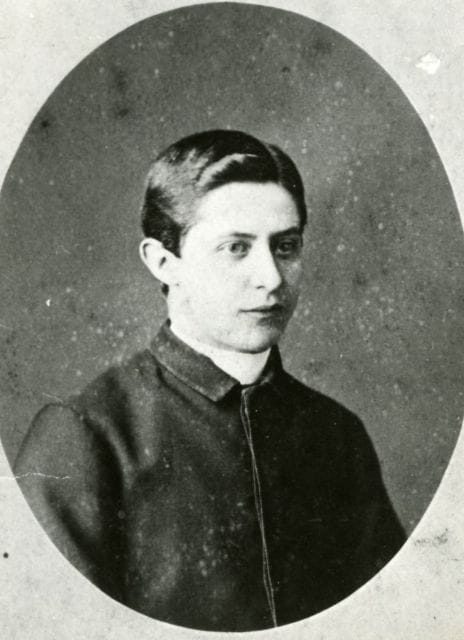
One of the most colourful personalities to be noted at Kogarah as from 1889 until his death, in a road accident, which occurred in 1942, was the Reverend James Clark. This English gentleman, the only son of wealthy parents, was educated at Cambridge University, and became a Barrister at the early age of nineteen. He quickly proved himself to be a most capable lawyer with a brilliant gift of oratory. Coming to New South Wales, he entered the Church of England priesthood, his educational standards being such that he was ordained a Deacon, and, in 1882, he was appointed Curate at St. Paul’s, Deniliquin.
Later in the same year he was transferred to Urana and Jerinderie as Curate-in-charge. His next preferment was in 1884 when he was priested by the then Bishop of Goulburn and, as assistant priest, attached to St. Saviour’s Cathedral at Goulburn. His stay at St. Saviour’s was somewhat short as, later in 1884, he undertook the duties of locum tenens at St. Jude’s, Randwick, and the following year he took up a similar position at the historic Church of St. Peter’s, Richmond. Then in 1886 the more onerous duties of an incumbent were thrust upon him with his appointment to Holy Trinity, at Dulwich Hill, where he laboured until 1889. His next, and last, appointment was to the Parish of St. George, with headquarters at St. Paul’s, Kogarah.
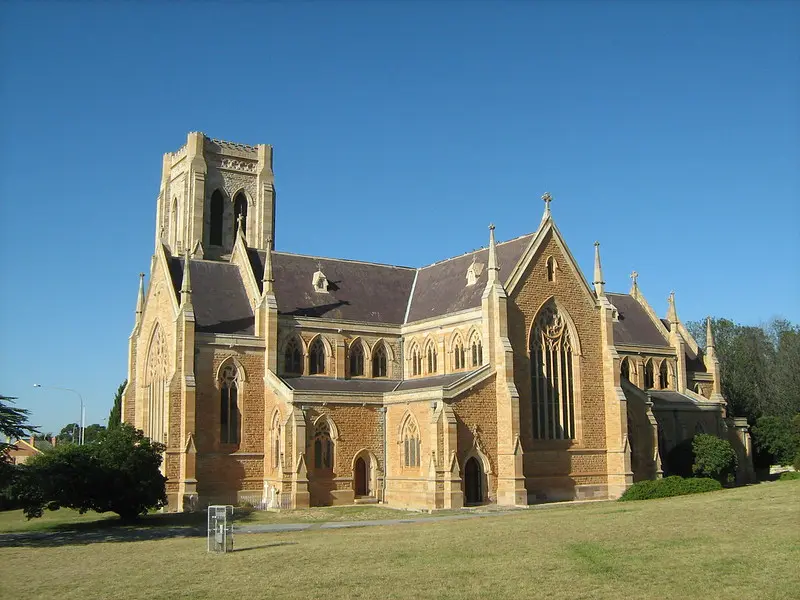
The Parish of St. George at the period of the Reverend James Clark’s ministry was most embracive, as it covered the land district of St. George as well as a large area extending southwards to the region of Heathcote. Kogarah was regarded as the administrative centre of the St. George District at large, both from a civil departmental angle as well as that pertaining to Episcopalian matters. In addition to his ecclesiastical duties at St. Paul’s, Kogarah, the Reverend James Clark supervised the affairs of the older established St. George’s Church, Forest Road, Hurstville, and also Christ Church, Bexley, together with the small brick edifice now known as Old St. David’s, Hirst Street, Arncliffe.
His eloquent preaching and sincerity made him extremely popular amongst his parishioners, a circumstance which stood him in good stead in his later years when he sadly needed personal assistance. It is most unfortunate that, through over-study, this brilliant and much loved clergyman suffered a mental derangement which, amongst other things, affected his marital life which culminated in his wife seeking for a divorce.
He pleaded his own case at the divorce proceedings, and brought the presiding judge to the witness box for cross-examination. He walked from the Rectory at Kogarah, to the Supreme Court, with his papers tied up in black crepe, tucked under his arm. The outcome of the divorce proceedings led to him being defrocked, a circumstance against which he appealed in vain, to the local Church authorities. Being a determined man, he then journeyed to England to plead his case before the Archbishop of Canterbury, the presiding authority of the Church of England. But the journey availed him not, and the sadly disillusioned man returned to Kogarah. It has been related that he walked to England where ever walking was possible, a remarkable feat in itself and one that showed him to be a pedestrian of no mean order.
The Reverend A. Kilworth succeeded James Clark as Priest-in-Charge of the Parish of St. George, consequently, in due course, the latter gentleman was required to vacate St. Paul’s Rectory. His eccentricity appears to have become more marked and, so it is stated, he lived in a cave at Oatley for a while, let his hair grow to shoulder length, and carried a heavy walking stick of such robust dimensions that it was more in the nature of a club. This so-called stick was usually held in a horizontal position and unhesitatingly used to clear a passage through the midst of any group of people who unwittingly stood in his path, much to their consternation. In addition to wearing short leather gaiters, he wore an almost brimless pot-shaped felt hat, of 1890 fashion, which also served to distinguish him from his fellow men.
It has been said, but not confirmed, that at this period he was instrumental in either building, or utilising, a large brick structure which still stands, in a half occupied condition, in Pitt Street, Rockdale, as a Free Church of England, under the name of St. Stephens. In the writers’ memory, this building was spoken of as the Oddfellows’ Hall, but whether James Clark rented the building for the purpose of his church, or was its owner, is a circumstance that still requires elucidation. It is understood that for a time he used the place for a domicile and it has been mentioned that St. Stephen’s Church was in a more or less abandoned condition at about this time.
About 1908 it was his custom to sleep at the foot of the sandhills ranged along the shore of Lady Robinson’s Beach, near the junction of President Avenue and The Grand Parade. At times he would leave his few personal belongings in a cache on the beach whilst he took a constitutional run to Ramsgate and back. One sunny morning, whilst fast asleep at the base of his favourite sand-cliff, he was most rudely awakened, and more than half smothered by tons of sand toppling down on to his recumbent form. The writer, then a young lad, with his mate Roy Hastings, were responsible for this outrage on his privacy. “We were completely unaware of his presence and had a fine time jumping along the cliff edge sending the crest of sand down the slopes. However, his shrieking bellow, coupled with a peep over the edge to see who was thus annoyed, made us quickly depart for the safety and the cover afforded by the nearby Patmore’s Swamp.”
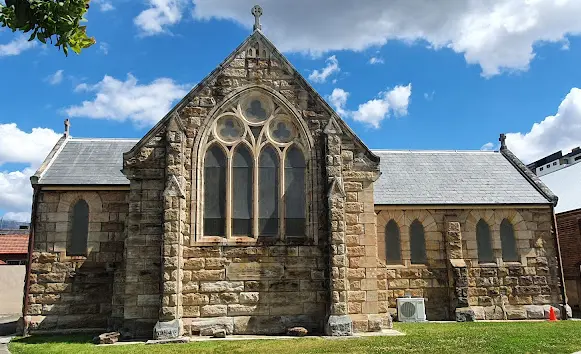
James Clark did not have another home after leaving St. Paul’s Rectory, and relied on the charity and good grace of many of his former parishioners. He was always welcome at the Nascord, Twiss and Whitehall homes, amongst others, whilst David Keep of butchering and veterinary fame of Regent Street, Kogarah, was always most kind to him. Police Sergeant Langsworthy of Kogarah Station, was also a friend in his need, whilst he was always welcome at the St. Paul’s Rectory, where, in the Reverend Stanley G. Best’s ministry, he had the use of both bathroom and library. He retained his clever brain and could match his wits against those of any intelligent person who cared to converse with him. On being questioned as to how many birthdays he had experienced, he tartly replied “Only one, the rest were anniversaries.”
Like most similarly afflicted persons, he was always in a hurry to get somewhere for no apparent reason, or so it appeared to discreet onlookers. He was the bogie-man of small children, and the butt of teenagers, who delivered cheek from a safe distance, ready to run at a turn of his head. “Old Jimmy Clark, go and get your hair cut, you are robbing the barber” was the usual formula on such occasions, and never failed to bring forth a series of threatening gestures from that awful-looking waddy which invariably accompanied him on his peregrinations. A group of girls and women from the local Girls’ Friendly Society were standing on the footpath having the usual natter after the meeting, along came James Clark out of St. Paul’s Churchyard, and waving his stick in mid-air, scattered scared females right and left, yelling at the same time: “Go home and stop your scandal-monging.” They all left for home at speed.
I was told that he was loth to accept money as a gift, so one Sunday morning as I came face to face with him, I said “If you saw two shilling on the footpath, would you pick it up?” He snapped back “Of course I would”. Thereupon I placed a florin on the ground and he promptly picked it up, and with a twinkle in his eye, passed on his way. After this episode, as a Churchwarden of St. Paul’s Kogarah, I wrote a personal letter to His Grace, the Archbishop of Sydney, Dr. Wright, explaining the sore straits which had befallen the former clergyman, James Clark. His Grace kindly forwarded a cheque to the Reverend Stanley G. Best, then Rector of St. Paul’s to be disbursed at his discretion so as to give the greatest benefit to the sorely afflicted man.
Eventually James Clark, through exposure and neglect, became a very sick man, and a staunch friend, Elizabeth Whitehall, managed to have him accommodated on a small sheltered verandah of a house opposite his old Church at Kogarah. He was nursed back to a semblance of his former self, and in the process it was found that his heavy clothing was weighted with banknotes sewn carefully into the lining. At last he was sufficiently recovered, to once again walk the centre of the King’s Highway, a no man’s land on which everybody had equal rights, according to his legal theory on the subject. That same night he was knocked down by a careless motorist and rushed to St. George Hospital. Here he refused to have his coat removed, for now obvious reasons, and he was transferred to the “Warren”, at Tempe, where said coat was removed. It was the beginning of the end, and so passed from our midst a once talented man, who, through force of circumstances, became an outcast of society and an object of wonderment to all unaware of his tragic background.
In conclusion, the authors wish to thank Elizabeth Whitehall, Nancy Wakefield, Elizabeth Mitchell, and Phillip Geeves, amongst many other friends, for contributing material which has been incorporated in this short biography of the late James Clark.
This article was first published in the May 1966 edition of our magazine.
Browse the magazine archive.
Unless noted, images courtesy of the Bayside Library Service Local History Collection.
